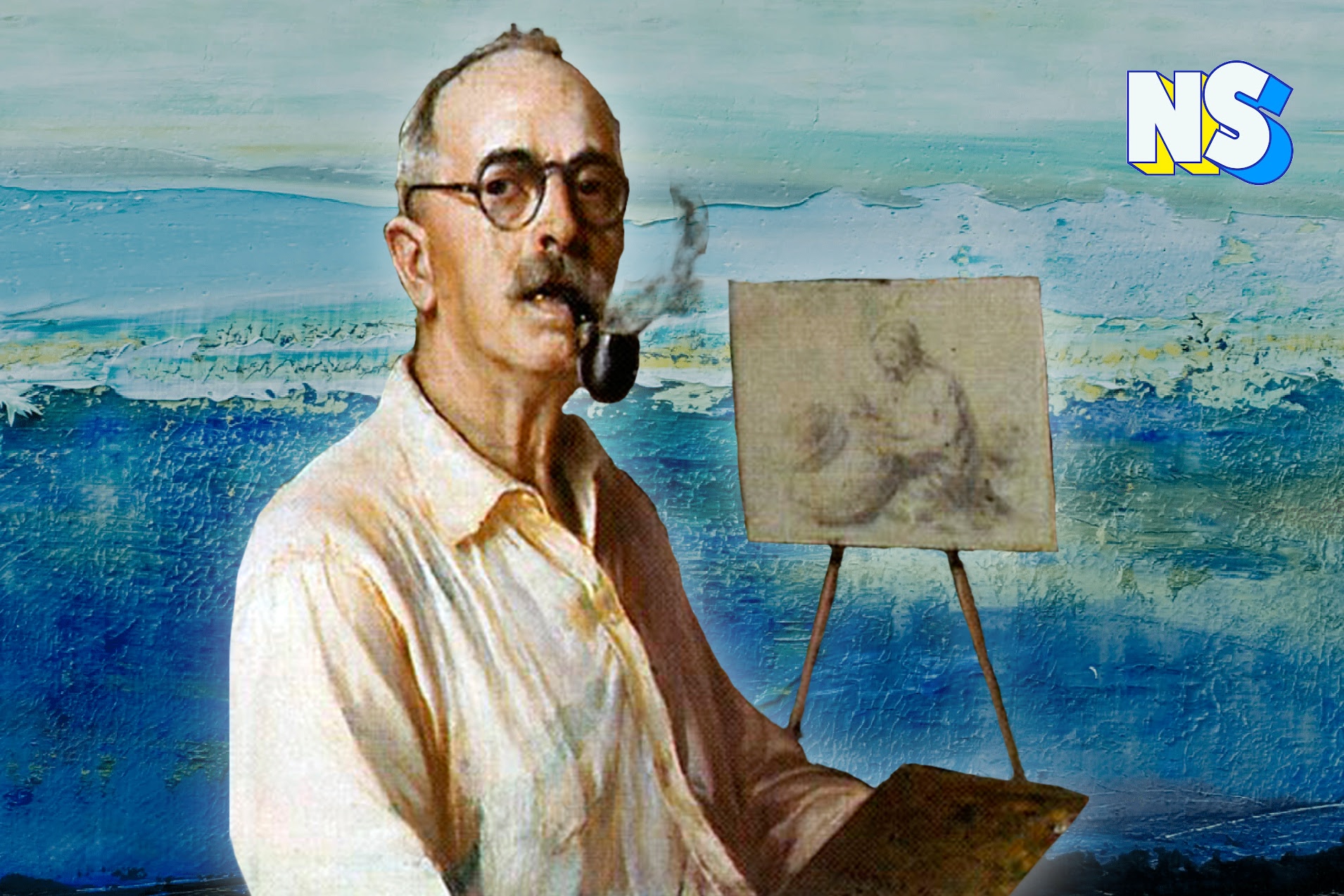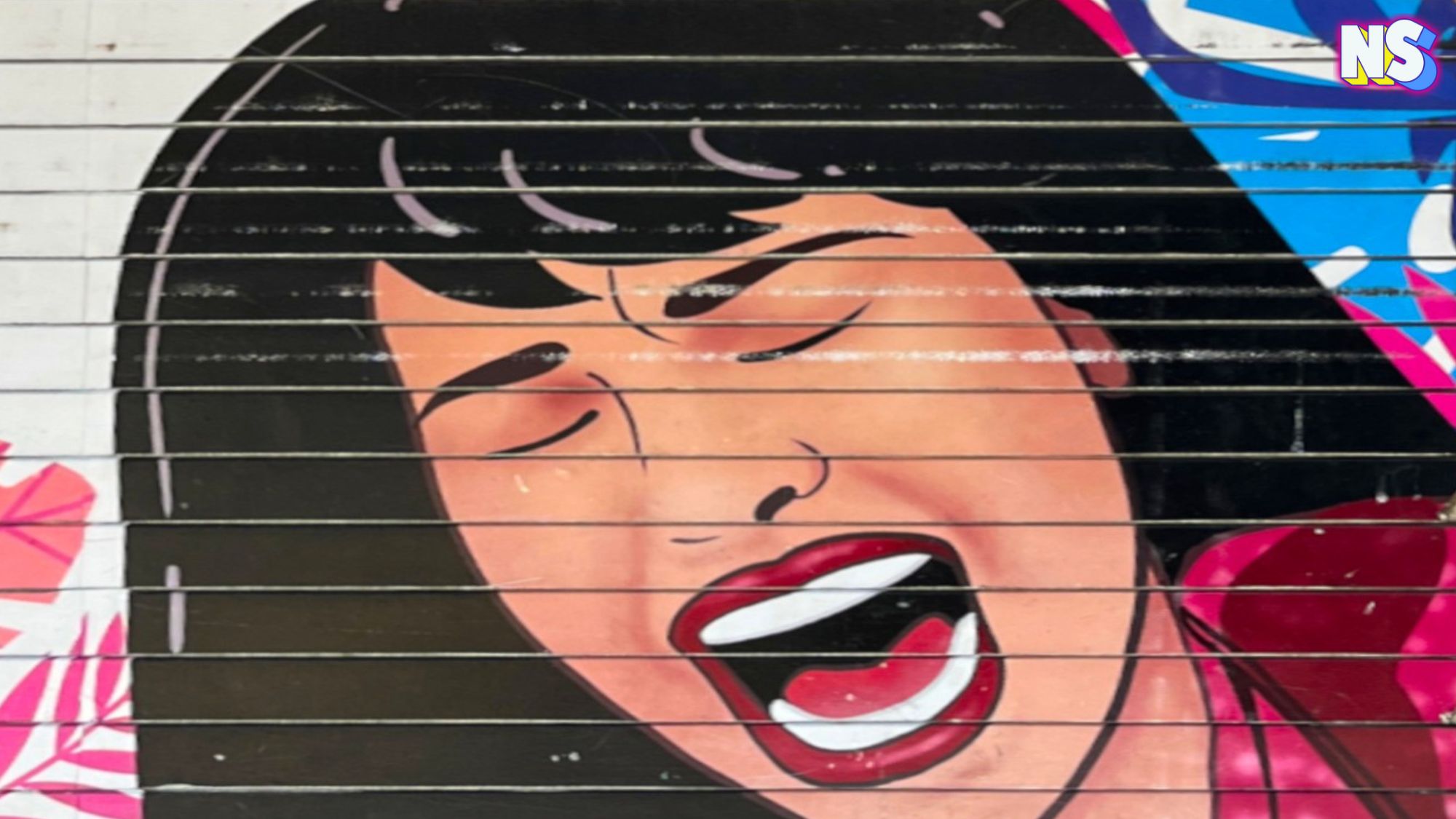Image courtesy of Nuestro Stories.
Spanish painter Jose Arpa y Perea brought Spanish impressionism and the beauty of plein-air painting to Texas art.
From early on in his career, the painter spent hours working in nature, under the Spanish sun, mastering his craft. His ability to capture the light — in all its permutations — while he stood at his portable easel dipping his brush into watercolors and oil painting, gave Arpe’s work its magnificence.
He painted the landscape of Texas — so far away from his native land and so similar — with the eye of an impressionist. His unique style highlighted the unconventional but typical Spanish impressionist technique — the use of black.
Spanish Impressionism Travels From Andalucía to Chicago
Arpa was born in 1858 in Carmona, overlooking the broad Andalusian plain in southwestern Spain. At an early age, his father recognized his talent and, at the age of 10, managed to get him into the Academia des Bellas Artes in nearby Seville. He won the prestigious “Prix de Rome” award from the academy.
For the next 20 years, he studied art in Rome. He learned at the hand of many of Europe’s most famous impressionist artists, such as the brilliant young Catalan painter Mariano Fortuny Marsal, Valencia artist Joaquin Sorolla y Bastida and Spanish painter Martin Rico y Ortega.
By 1893, he had risen to the ranks of Spain’s elite painters. His works were included in Spain’s entry at the World’s Columbian Exposition in Chicago.
This exposure opened the door for Arpa to go to Mexico in 1897. Arpa went to Mexico in 1897 and began to divide his time between Spain, Mexico, and Texas.
Spending his time between three countries — the Spanish painter found his natural home in the heart of Texas. It was 1899, and as the automobile arrived in the state, Arpa also did. It is a challenge to write about Arpa — because he lived his life crossing the Atlantic — before trans-Atlantic travel was a thing.
One has to wonder what called Arpa to Texas, specifically San Antonio. It might have been its 17th-century missions, the way the light and landscape reminded him of his native Carmona.
Nevertheless, the city retained its Spanish feel and a cosmopolitan one: it is a mix of Spanish, German, and French cultures.
Arpa was known for using natural light and illustrating the effects of sunlight. He created landscapes with off-balance compositions and solid diagonal orientation of the horizon line. His subject matter often included the many cultures and peoples he knew and loved.
In 1923, he founded his own painting school in San Antonio and a plein-air school nearby in Bandera in 1926. Arpa died in Seville, Spain, in October 1952, at the age of ninety-four. The painter might have left San Antonio physically, but his art will always be associated with that magnificent city.
https://nuestrostories.com/wp-content/uploads/2022/06/Susanne-182×250.jpeg





